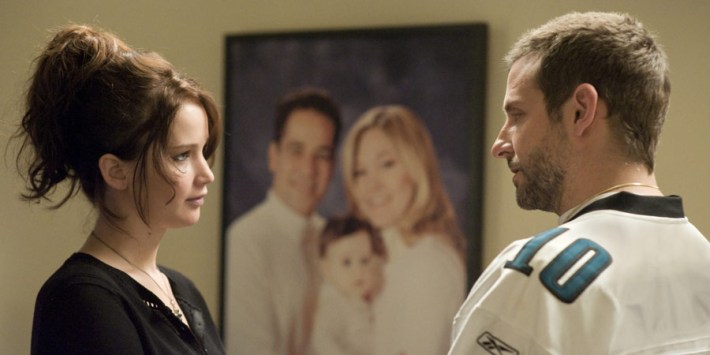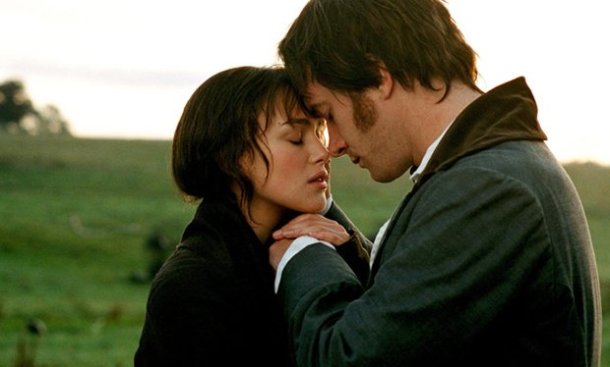Blog Archives
Looking Back On First Loves
For a Valentines feature this February in The Irish Examiner, I was in the good company of Irish writers, Sheila O’ Flanagan, Michael Harding, Catherine Dunne and Emma Hannigan, looking back on our first loves. I really love the way it’s written by Sue Leonard, and sent a copy of the newspaper to my first love.
Read it here.
The Five Golden Rules of Romantic Comedy
If you want to write romantic comedy fiction or screenplays, here are five hard and fast rules you should stick to. If writings not your thing, but rom coms are, these rules will give you fun new way to look at them.
1. Different But The Same
You heard the term: opposites attract? This must always be true for the lead characters in a rom com. Yet at the same time both characters must be fundamentally the same as each other. This contradiction creates chemistry.
In When Harry Met Sally, Harry is an inveterate slob who thinks that a man and a woman can’t have a friendship without sex getting in the way. Sally, on the other hand, is a pernickety neat-freak who believes that men always make sex part of the male/female relationship because they think with their dicks. Yet despite Harry and Sally’s differences, they are both philosophers at heart. It is their shared love of talking about the fundamentals of relationships that constantly binds them together. So, while there is constant conflict, there is also the harmony of likeminded souls.
2. Circumstances Will Tear Us Apart
Not only must your rom com leads be in conflict with each other, circumstances must conspire to keep them apart until three quarters of the way into the story. These circumstances can be anything. The guy is still in love with his ex wife (Silver Linings Playbook). The girl is a major Hollywood star and the constant subject of lies and gossip that undermine her relationships (Notting Hill). The girl and the guy live so far apart they have never get the chance to actually meet (Sleepless in Seattle). The girl’s career is taking off at the expense of the guy’s (The Five Year Engagement).
3. He Wants, She Wants
In any book or movie the lead characters must desperately want something, and to create story their wants must be thwarted in escalating ways until the end. But in a rom com the characters’ wants generally follow a timeworn pattern. One half of the romantic pairing must desperately want the other, while the other half must want something different.
Confused? Here are some examples. In my book The Forced Redundancy Film Club, Katherine, having lost her job, desperately wants to get back on her feet again so she can keep the status quo. Martin, having also lost his job, desperately wants Katherine. In Pretty Woman, Vivian desperately wants to get out of a life of prostitution so she can earn self-respect. Edward desperately wants Vivian. In Bridget Jones Diary, Bridget desperately wants the selfish Daniel Cleaver. Mark Darcy desperately wants Bridget. In Breakfast at Tiffany’s Lula Mae desperately wants to forget her miserable, poverty-stricken past by reinventing herself as the sophisticated and invulnerable Holly Golightly. Paul desperately wants Holly.
The protagonist must desperately want something other than his or her romantic interest. The romantic interest must desperately want the protagonist.
4. Turmoil At Three Quarters
Two thirds the way through a rom com novel or screenplay the leads must realise together that they are each other’s perfect soulmates. Then emotional turmoil must tear them apart again. Three quarters the way thorugh Pride and Prejudice Elizabeth and Mr Darcy have put their differences aside and fallen in love. Then they learn that Elizabeth’s sister has eloped with Mr Wickham, which will certainly lead to Elizabeth’s downfall in society, making it impossible for Darcy to marry her. On an emotional turmoil point, her pride is gone, and his prejudices have been confirmed. Three quarters the way through When Harry Met Sally, Harry and Sally discover they are in love and have sex. The next morning Harry freaks out and disappears, leading Sally to conclude that she was right about his inability to commit all along. She gives up on him. Elizabeth and Darcy, Sally and Harry – each couple must find a way to overcome this final separation before finally falling into each other’s arms. This encompasses the last act of the story, and by this point both characters want the same thing – each other.
5. The Learning Curve
By the time the leads in a rom com fall into each others arms at the very end, either one of both of them will have learned some fundamental truth about themselves and changed for the better to secure their own happiness. Meg Ryan’s characters often have to learn the same thing about themselves in her rom coms: idealistic expectations of perfection do not lead to true happiness. Sally learns this by accepting Harry as he is. In You’ve Got Mail, Kathleen learns this by overcoming her prejudices about Joe. In Silver Linings Playbook, Pat learns that clinging on to the past is killing his chances for happiness. In Pride and Prejudice both Elizabeth and Mr Darcy learn respectively that excessive pride does not lead to happiness, and neither does pointless prejudice. They learn to accept each other as they are, and in doing so to accept themselves.
In Breakfast At Tiffany’s Holly Golightly learns to accept the vulnerable, frightened part of herself she let go off when she took on a different identity. Only in learning to love Lula Mae can she find true happiness, and therefore true love.
If you want to write romantic comedy, it’s a good exercise to sit down with a rom com novel or film and see how these golden rules always play out before setting out your own plot. Enjoy!





